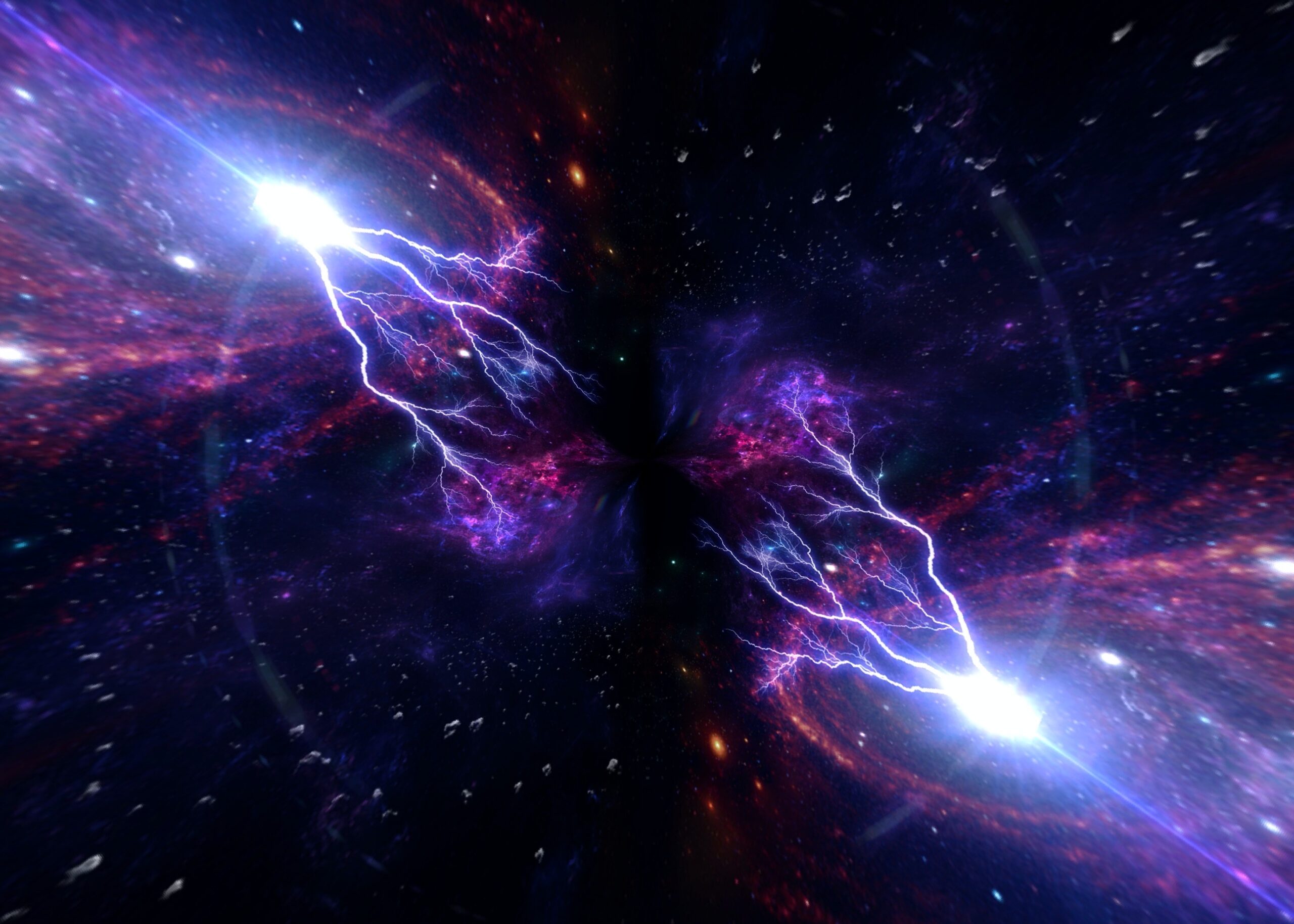Quantum Physics and Vedic Wisdom: A Surprising Connection
Quantum physics has long fascinated scientists and philosophers alike with its counterintuitive principles and mysterious behavior of matter and energy. Interestingly, many of the founding fathers of quantum mechanics found inspiration in ancient Vedic texts, works that have shaped the spiritual and philosophical landscape of India for millennia. Explore how these great minds integrated ideas from the Vedas and Upanishads into their revolutionary theories, offering a fascinating glimpse into the intersection of science and ancient wisdom.

Pioneers Inspired by Vedic Thought
Several iconic physicists were not only brilliant scientists but also avid readers of the Vedic scriptures. Their insights continue to influence our understanding of the universe.
Key Figures:
- Niels Bohr: The famous Danish physicist and Nobel Laureate, famously remarked, “I go into the Upanishads to ask questions.” Bohr’s inquisitive nature led him to explore the ancient texts for answers about the behavior of atoms. His work on explaining why atoms emit and absorb electromagnetic radiation at specific frequencies laid the groundwork for modern quantum theory.
- Erwin Schrödinger: Known for his celebrated wave equation, observed that the behavior of quantum systems. He once wrote about the unity and continuity of wave mechanics, comparing it to the Vedantic notion of “All in One.” Schrödinger’s reflections on the unity of existence found in texts like the Upanishads provided him with a deeper philosophical foundation for his groundbreaking theories.
- Werner Heisenberg: The architect of the uncertainty principle, also recognized parallels between quantum theory and ancient Indian philosophy. He is noted to have stated, “Quantum theory will not look ridiculous to people who have read Vedanta.” Heisenberg’s principle resonates with the Vedic understanding that our perceptions are inherently limited, and that the true nature of reality is more profound than our immediate experiences.
These prominent scientists prove that Vedic principles resonates with their researches.
Scientific Insights Through a Vedic Lens

The convergence of quantum physics and Vedic philosophy is evident in several key ideas:
- Unity of All Things: Vedic texts teach that the individual self (Atman) is one with the universal self (Brahman), a concept mirrored in quantum mechanics where all particles are interconnected in a single, unified field.
- Illusion of Multiplicity: The ancient doctrine of Maya suggests that the apparent diversity of the world is an illusion, a view that finds a modern echo in the probabilistic nature of quantum mechanics.
- Observer’s Role: Both quantum theory and Vedantic thought emphasize that the act of observation plays a crucial role in shaping reality.
Notably, Fritjof Capra and other modern scientists have discussed how the mystical insights of quantum physics are consistent with ancient Eastern philosophies. Even Albert Einstein expressed deep admiration for the Bhagavad Gita, once noting, “When I read the Bhagavad Gita and reflect about how God created this universe, everything else seems so superfluous.”
A Timeless Dialogue Between East and West
The legacy of quantum physics, enriched by the wisdom of the Vedic tradition, reminds us that our quest to understand the universe transcends time and culture. As these pioneering physicists discovered, the abstract mathematics of quantum mechanics and the poetic mysticism of the Vedas both seek to describe a reality that is fundamentally unified and interdependent.
In embracing these ideas, we open ourselves to a richer understanding of the cosmos, one that honors both scientific inquiry and the ancient truths found in the Vedic texts. As the dialogue between East and West continues, the wisdom of the past remains a guiding light in our ongoing exploration of the universe.
